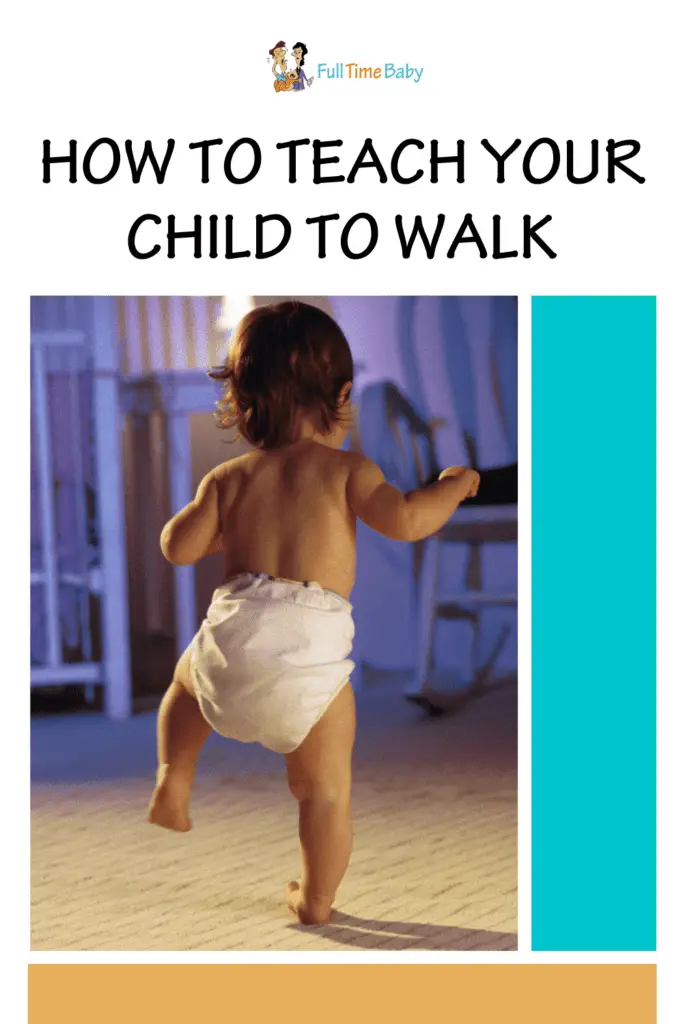We are pleased to announce Fulltimebaby has been named in the Top 100 or 20 among parenting blogs, traveling blogs and baby care blogs.
Exercise is essentially important to the health of an infant. A baby’s first exercise, of course, will be his or her jerking and wiggling motions followed by the ability to roll and kick about when laying down. A baby uses its limbs freely and until a certain age this is all the exercise that is needed. Eventually your little one is going to make his or her attempts at walking and it is important that you help and encourage your child in healthy, appropriate ways.
Beware of products that are designed and marketed to help your child walk. These products can cause a flatness of the chest, confined lungs, a distorted spine or deformed legs if misused or overused. An infant’s bones are soft and pliable and if they are prematurely inserted into products designed to carry the weight of their body there could be negative consequences on their skeletal structure. Baby walkers should be used on a limited basis. Always be careful and closely follow safety guidelines if choosing to use these products.
Most children will first start to crawl before they try to lift themselves onto their feet with the help of furniture or people. Eventually they will learn how to balance themselves without holding on to anything and be able to stand on their own. They may return to holding onto furniture as they venture into placing one foot in front of the other. Over time their muscles and bones will strengthen and they will be able to move their own body weight and begin to walk.
Even though children will fail over and fail to achieve the skill of walking, they will continue to try. Overall, the best way to teach a child how to walk is to let the child teach themselves.
Otherwise, there are activities you can try to encourage your child to stand and walk:
1.Lap Bounces
You can help your child develop strength in their legs by bouncing them up and down while placing their feet on your legs. Encourage them to bend their knees, a movement that will eventually help them to stand up and sit down on their own.
2.Entice Baby to Stand
Hold interesting and desirable toys or objects above your baby’s head high enough that they have to stand to reach it.
3.Help Them Learn to Sit
Most babies that learn to stand have a hard time sitting down and will cry for help. Instead of picking them up, teach them how to bend their knees to sit. This will also help your child develop confidence in their attempts to stand and walk.
4. Line Up Your Furniture
Facilitate your child’s interest in pulling themselves along furniture by lining up whatever you can so they can independently cruise farther distances. Remember that once your child can reach new heights and new areas, further baby-proofing of your home may be required.
5.Hold Their Hands
Try holding your baby’s hands and lifting them to their feet. Hang on as they try to explore the ground with their feet and figure out how to put one foot in front of the other.
6.Give Them Time
Never force your baby to stand or walk if they don’t want to. They will develop at their own pace and it is important to avoid instilling fear and apprehension while they are learning to walk.
Children develop at their own pace and reach individual milestones in their own time. As long as your child is progressing through the stages of learning how to walk, don’t worry about how long it is taking them. They will get there eventually. If you do, however, have concerns about their movements or any delays in their development do not hesitate to seek the advice of a medical practitioner.



Amazing post. It very helps full of new parents.
Thanks for sharing this with us. Keep posted.
Nice post.. I share with my sis and she said it actually starts to walking as per this tips. Thanks for sharing this tips.